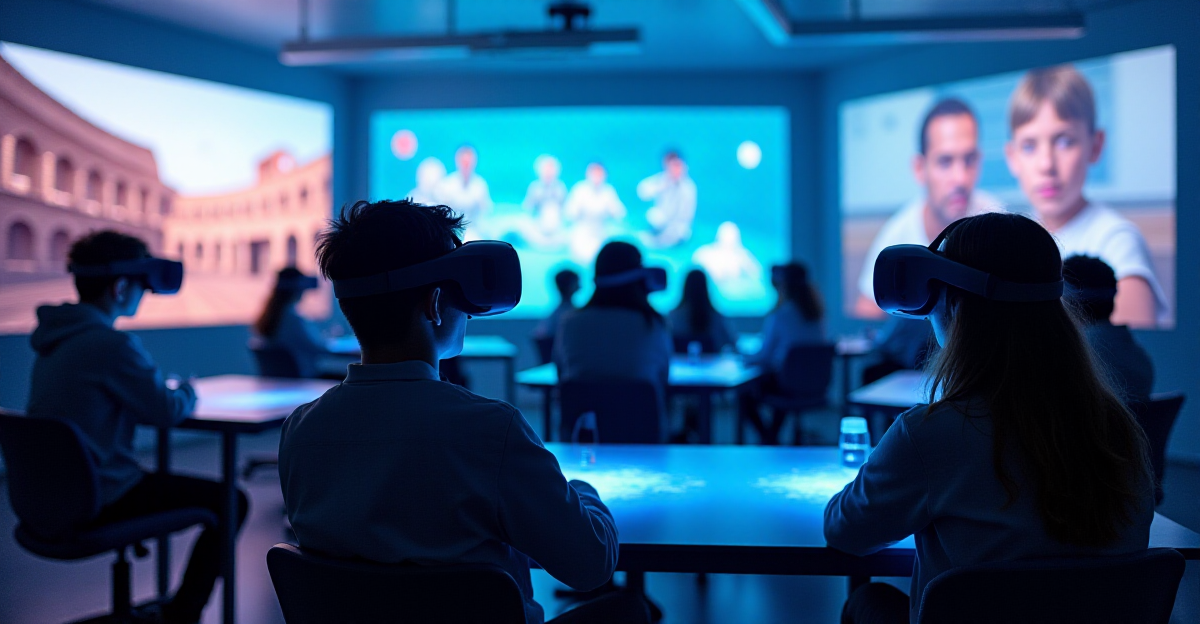Revolutionizing Learning with Virtual Reality in Education

Virtual reality (VR) offers immersive, interactive settings that bring courses to life, therefore transforming students’ experience of education. This post looks at how VR might carry students to historical sites, run experiments, and replicate real-world classroom situations. Using examples and ideas, we explore how VR improves knowledge, engagement, and retention—especially in fields where physical constraints ...
Read MoreExploring the Benefits of Outdoor Learning for Students

How Outdoor Learning Benefits Students One field excursion to a nearby woodland taught me personally the value of outdoor learning. Our teacher urged us to notice the bark, leaves, and branches as we were investigating several tree species. We even got to compile samples and develop our own field guide. This was lot more interesting ...
Read MoreFlipping the Classroom: A New Approach to Student Engagement

By moving lecture-based learning to student-driven inquiry, the flipped classroom paradigm is reinventing conventional instruction. This method lets students interact with course content at home, freeing classroom time for more in-depth conversations and projects. By means of personal experiences and observations, this paper emphasizes how the flipped classroom paradigm not only enhances understanding but also ...
Read MoreThe Power of Active Learning Strategies in Modern Education

Active learning techniques are changing how students interact with material and develop critical thinking ability. Combining conventional and current teaching strategies, this paper investigates methods like group discussions, problem-based learning, and hands-on exercises fostering deeper knowledge from both sides. We explain how active learning could make classrooms more dynamic and inclusive by stressing real-world experiences ...
Read More









